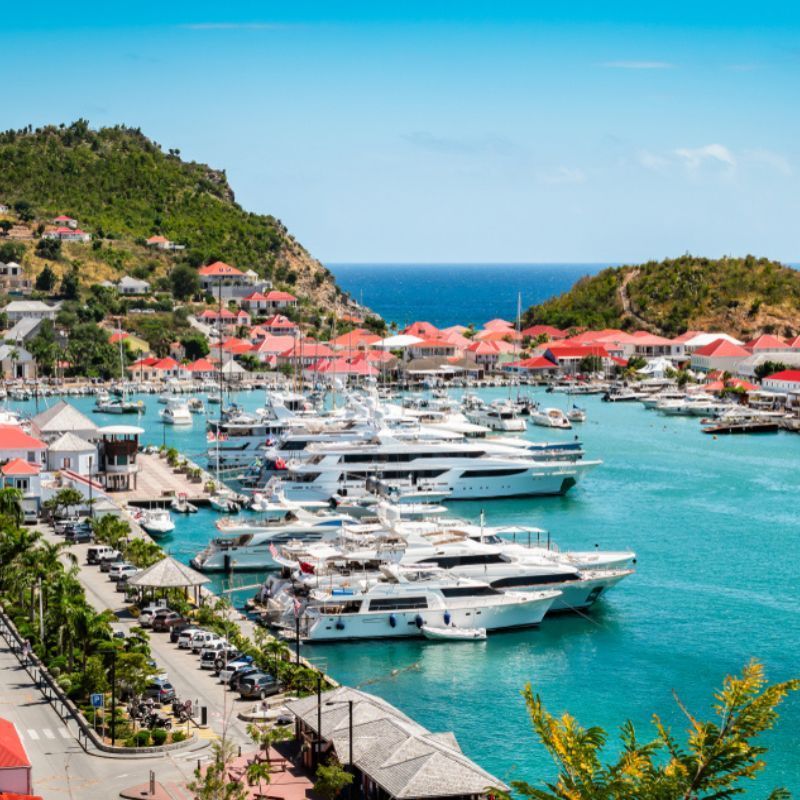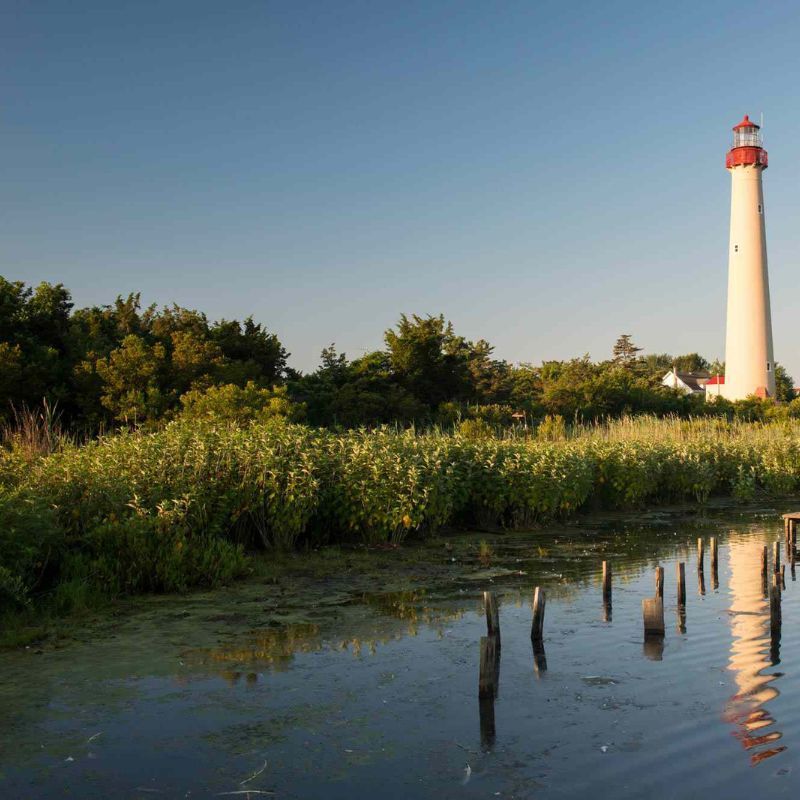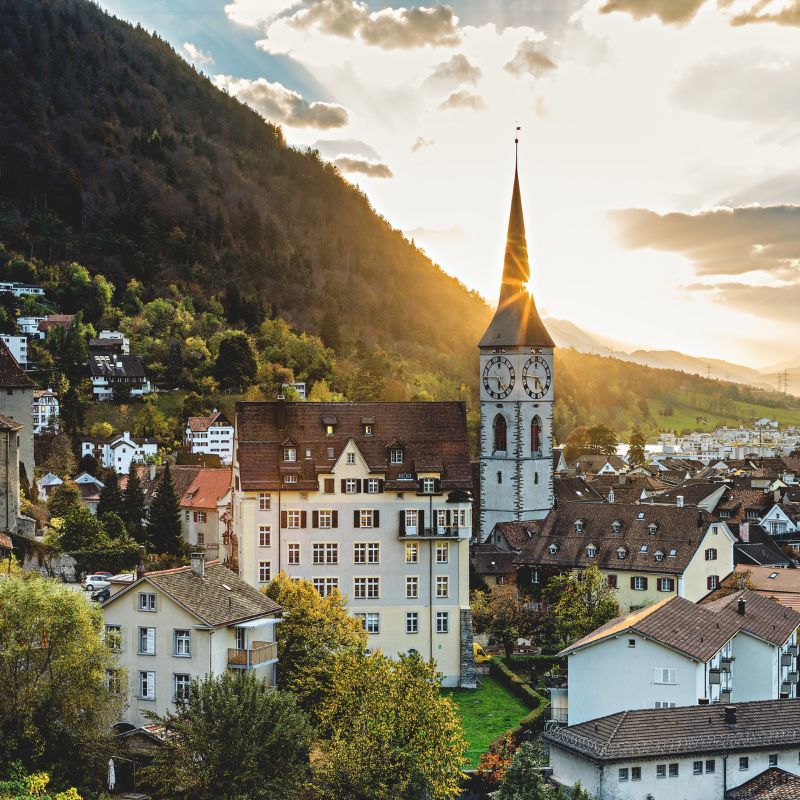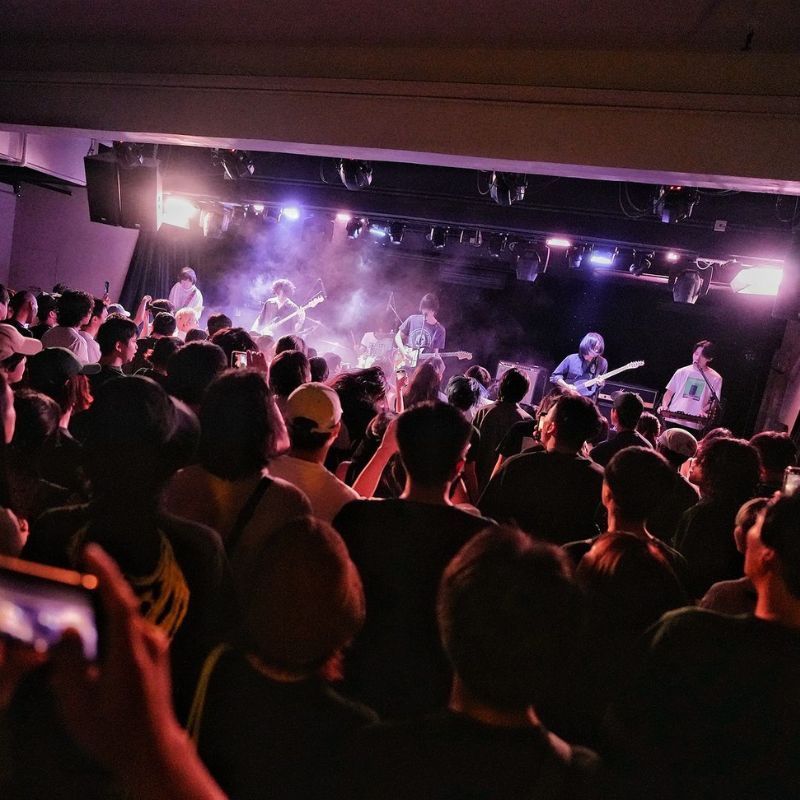
Travel teaches some important lessons, as does history. Arundhati Hazra visits the Cu Chi tunnels in Vietnam and revisits the horrors of war. Lest we forget. Text by Arundhati Hazra
In the Bengal of early 1970S, students protesting against the institutions they perceived as bourgeois had a curious chant, “Tomar naam, aamaar naam, tomar aamaar mayer naam Vietnam,” meaning ‘your name, my name, our mother’s name is Vietnam’. They felt a kinship with the Vietnamese, who, thousands of miles away, were fighting a powerful and technologically more advanced country. Key to that fight were the Cu Chi Tunnels, a network of underground pathways criss-crossing Vietnam that helped the guerrilla fighters of Viet Cong evade American forces and maintain supply networks.
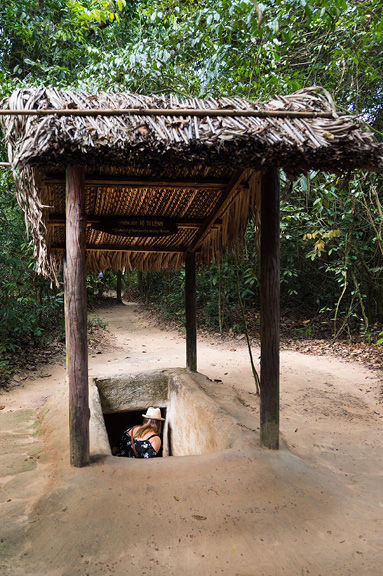
We gather on a chilly morning at the Saigon Opera House in Ho Chi Minh City for a tour of the tunnels. We are a myriad group—Americans, French, Australians—visiting the Ben Duoc tunnel network, about 80 kilometres from Ho Chi Minh City. As our bus speeds through the pastoral countryside, our guide gives us a brief history of the tunnels.
Vietnam was a patchwork of fiefdoms in the Red River delta until it was united in 1802 by Emperor Gia Long, with French support. French influence grew, and they soon annexed Vietnam into French Indochina. During World War II, Japan invaded Vietnam, which led Ho Chi Minh, a charismatic Communist leader, to create the Viet Minh coalition in 1941 to drive off Japanese occupiers and cast off the yoke of French colonialism. After the Japanese withdrew in 1945, Ho captured Hanoi in the north and declared Independence. France supported the reigning Emperor Bao in Saigon, in southern Vietnam. The French defeat in 1954 led to their withdrawal and establishment of two separate states, though the war did not end there.

As the Cold War between the US and the USSR intensified in the late 1950s, America became worried about Ho’s Communist inclinations and sent troops to augment the struggling South Vietnamese army. The Vietnam War, between the American army and Ho’s forces—Viet Cong—went on for nearly 20 years. Both sides suffered heavy casualties, but the Vietnamese held the upper hand, deploying guerrilla warfare tactics aided by the Cu Chi Tunnels.
Standing at the entrance of the tunnel complex, I am weighed down by its history. The tunnels were originally supply tunnels, dug by hand during French occupation and expanded to cover nearly 250 kilometres during the Vietnam War with just pickaxes and shovels.

We start our grim tour with a glimpse of war relics at an open-air museum—arms and ammunition and shells of unexploded bombs. Some of the shells are as tall as me, and originally weighed over 250 tons. Viet Cong fighters retrieved unexploded bombs to use their gunpowder for ammunition and fragments of bomb shells to make axes and spears.
We step out to a forested area, reminiscent of the dense jungles that played an important part in the war. Our guide shows us hidden tunnel entrances, covered with wooden planks and camouflaged by fallen leaves. These entrances, about three feet in length and breadth, were used by the guerrillas to take cover from bombs and hide from the Americans. Some tourists from our group battle claustrophobia and lower themselves into the tunnel, and the cover is laid over the hole with the leaves strewn over. We can barely make out the trap door once it’s covered.

Our guide shows us replicas of booby traps planted by Viet Cong, ground traps that swung open like see-saws when one walked over them, dropping one into pits of spikes, made of sharpened bamboo sticks. The Americans began deploying sniffer dogs to detect such traps, but the Vietnamese countered the move by using American soap and uniforms of captured soldiers around the traps, hoodwinking the dogs to believing they were safe zones. Some of the traps are ingenious works of engineering—armpit traps with rotating spikes, ones that function like folding chairs, even a hanging trap behind a door that swung at the enemy when the door was opened.
The tunnels aren’t all traps and hidey-holes, though. They were organised into four levels, the lowest layer near the water table connected to the River Saigon. There were schools, hospitals and kitchens, all within the network. Smoke from the kitchens was funnelled to smoke holes 20-50 metres away, in mounds resembling anthills and food was cooked only during the mist of dawn.

When our guide brings us to a crater left by a B52 bomb, we all fall silent. It is an area the size of a tractor, now covered with vegetation. He tells us about Agent Orange, a chemical whose primary purpose was destroying forest cover and food resources vital for the Vietnamese guerrillas, but which caused cancer and genetic deformities in large sections of the populace. The grisly sight is supplemented with chilling statistics—nearly two million civilians from North and South Vietnam died in the war, in addition to 1.1 million Viet Cong fighters, 2,50,000 South Vietnamese soldiers and about 58,000 American soldiers.
In a sombre mood, we enter one of the tunnels, descending a few steps down into a dark abyss—a hole in which one person can barely stand. The tunnel is dimly lit with small lamps every three metres, the air grows hotter and the walls close in. A few steps in, the tunnel roof slopes downwards and I am shuffling, stooping as I walk. At the first exit, about 20 metres away, I am already sweating profusely and short of breath. The more claustrophobic ones in our group exit here. I continue, and it gets only worse; halfway down, I am forced to crawl, with my shoulders scraping the tunnel walls. I emerge at the next exit, another 20 metres ahead, drenched in sweat and gasping for breath. When we emerge, our guide tells us that the original tunnels were even narrower; they were widened later to allow all types of tourists to pass through.

Our final stop is the shooting range, where you can try your hand at an AK-47. The sound of the shots only adds to the atmosphere of war around and I cannot help but shudder at life in the tunnels—dark, damp, choking, with the sounds of death all around. When one of the Americans asks the guide what he thinks of America, he replies, “We don’t hate you; we just want to live in peace. But we wonder why America wreaked such havoc on us.” The Cu Chi Tunnels serve as a symbol of Vietnamese ingenuity and resilience and also a reminder that no rationale can justify the horrors of war.
GETTING THERE
You can take a one-stop flight to Ho Chi Minh City from Delhi or Mumbai on Cathay Pacific, Singapore Airlines, etc. The Ben Duoc portion of the tunnels is about two hours away by road. Tours of the Cu Chi Tunnels can be booked online on Viator.
STAY
Experience colonial grandeur at Hotel Majestic Saigon, the first five-star hotel in Ho Chi Minh City (from INR 12,000); get unbeatable views at the city’s highest hotel, The Reverie Saigon (from INR 21,000); or take in panoramic views of the Saigon River at Renaissance Riverside Saigon (from INR 10,500)
SEASON
Ho Chi Minh City experiences tropical monsoon weather most of the year. The drier months of December to March make up the best time to visit.
Related: Responsible Travelling In Vietnam: Things To Keep In Mind




